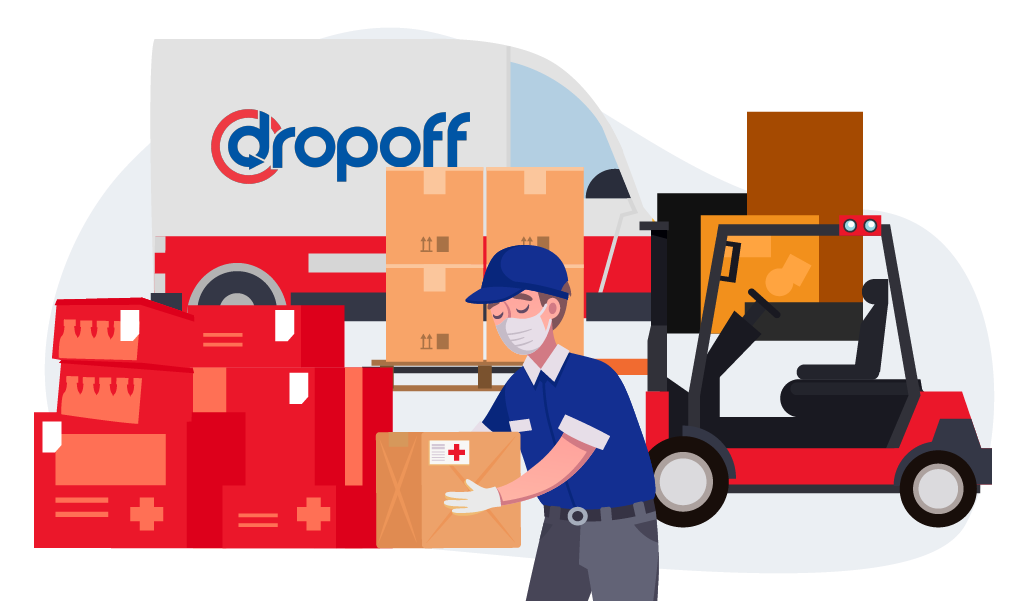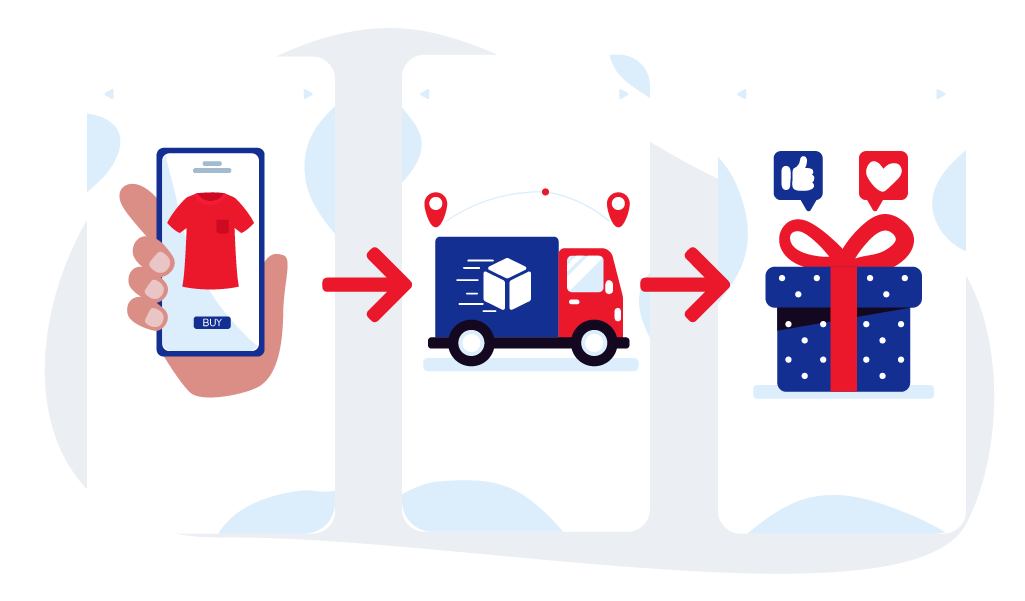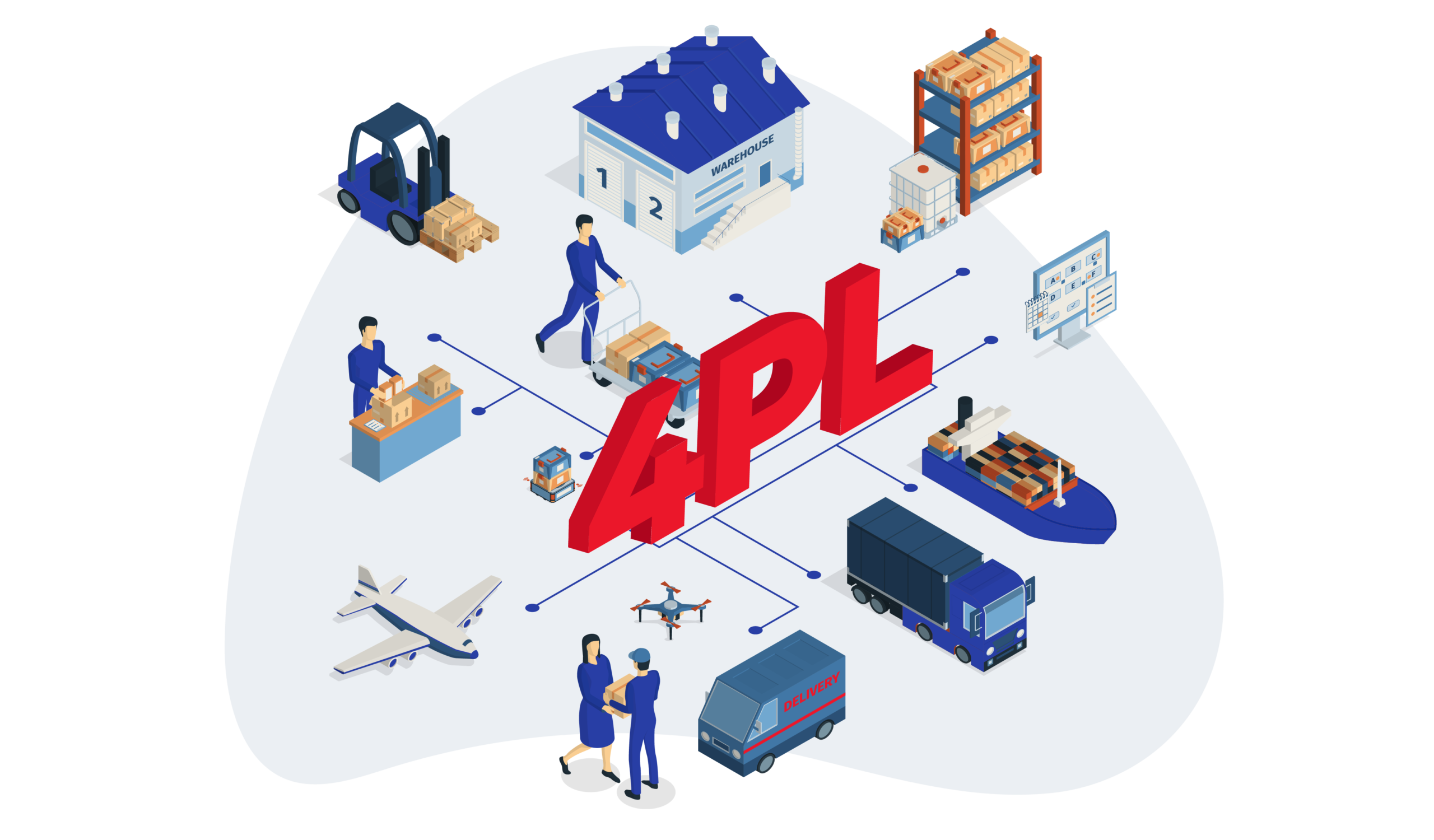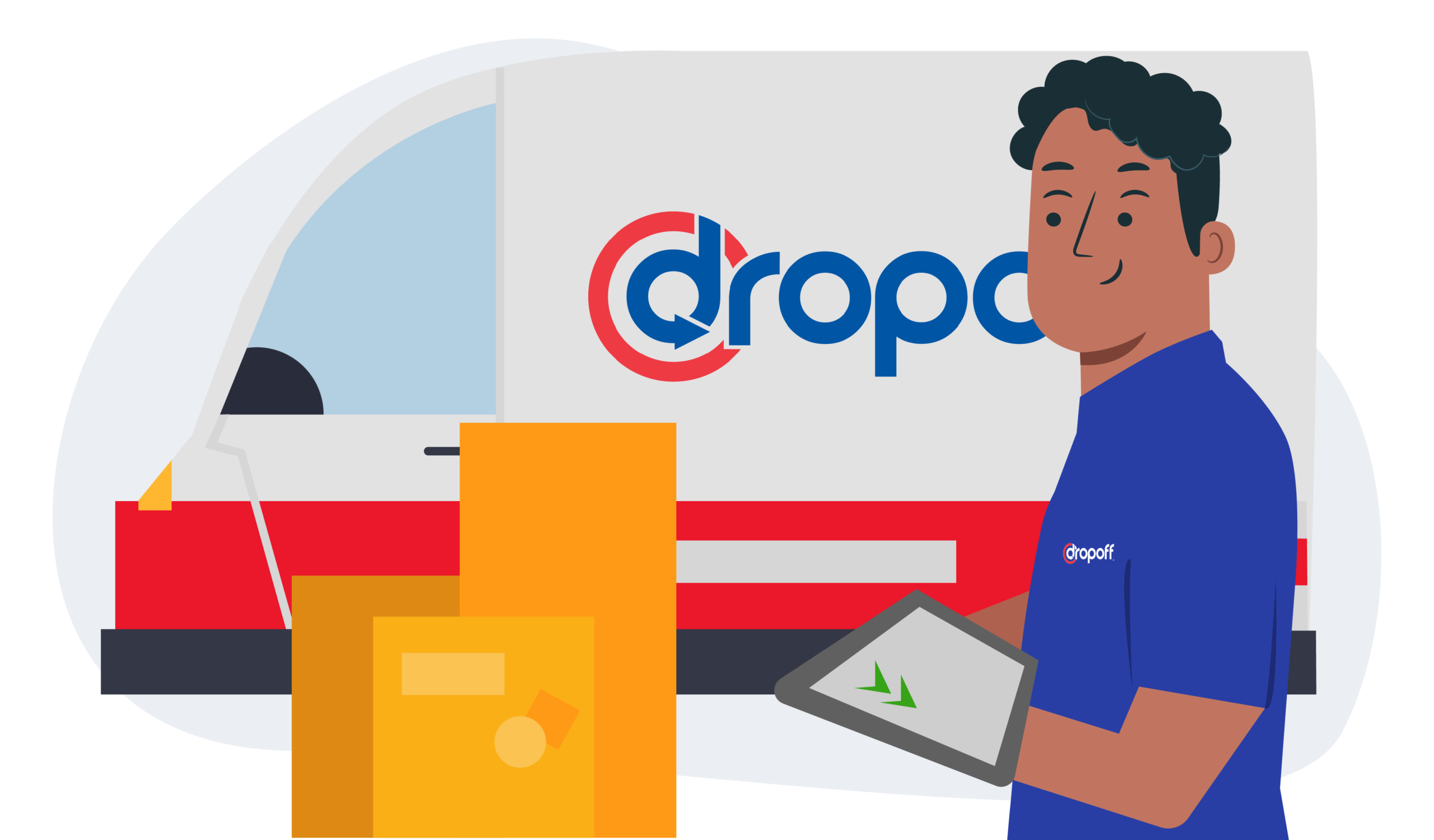Direct Store Delivery: Transform Supply Chain for Efficiency and Customer Satisfaction
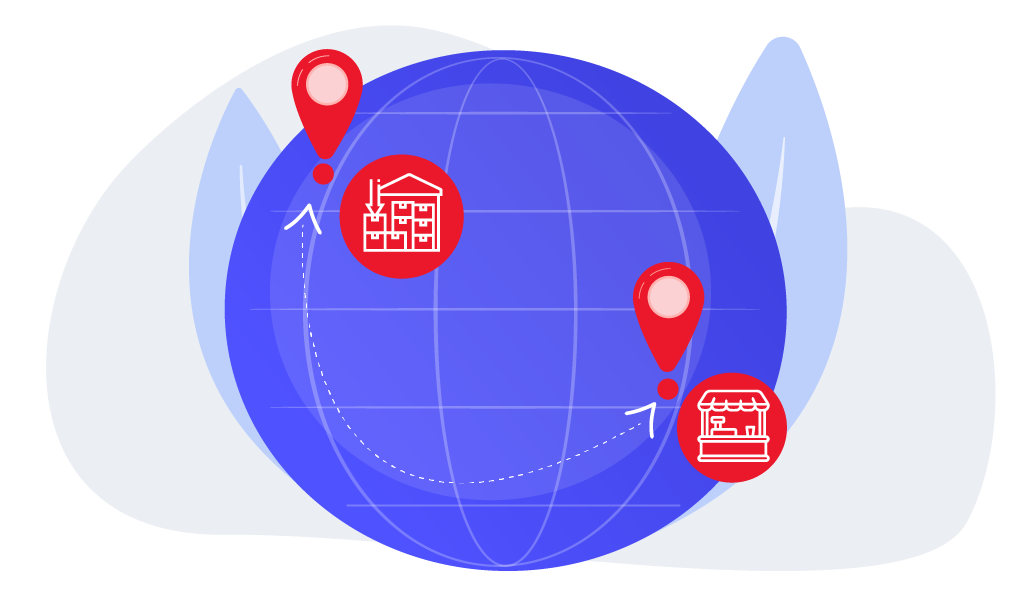
The demand for effective delivery solutions is rising in a world where speed and convenience are crucial. Direct Store Delivery (DSD) is one way to improve the efficiency of your supply chain, regardless of whether you run a thriving small or medium business that serves a local area or you’re on the rise to become a household name in your industry.
To assist you in determining whether Direct Store Delivery is a good fit for your company, we’ll examine it in this post, dispel common misconceptions about it, and explain its advantages.
Understanding DSD Direct Store Delivery
Direct Store Delivery (DSD) is a supply chain method where manufacturers or suppliers deliver their goods directly to retail outlets instead of using warehouses or distribution facilities.
Products often move from manufacturers to distribution facilities, then to retail establishments. However, DSD accelerates this procedure by creating a direct link between the supplier and the retailer.
Imagine a well-known regional chain of grocery stores preparing for a significant holiday weekend when they learn they are seriously low on seasonal and holiday-themed merchandise. DSD comes to the rescue in this situation. DSD enables companies to quickly respond to shifting consumer demands, ensuring that new items are available as soon as feasible.
While DSD has been a popular supply chain method across numerous industries, its popularity among businesses peaked during the COVID-19 pandemic, when more and more businesses started offering expedited and same-day deliveries. Because of this, companies are required to reduce operation time, demanding that manufacturers deliver supplies directly to their stores.
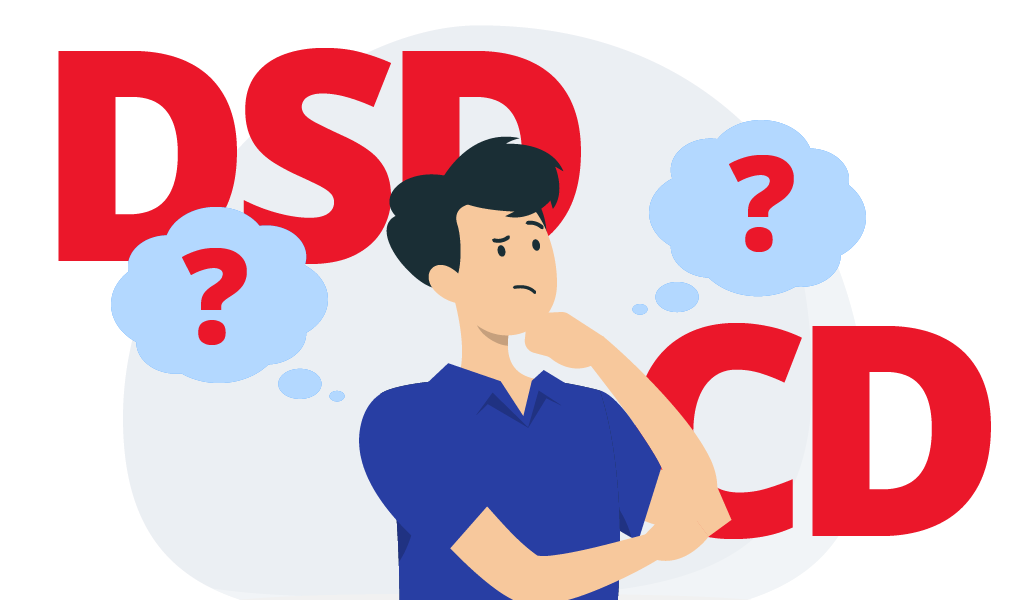
Difference between Direct Store Delivery and Centralized Distribution
Most companies confuse centralized distribution and direct store delivery. However, the two supply chain models are significantly different from one another.
With Centralized Distribution, products are routed through a central distribution facility or warehouse, frequently with the assistance of middlemen like third-party logistics companies. On the other hand, DSD eliminates distribution centers and middlemen by forging a direct relationship between suppliers and retailers.
The absence of intermediaries, increased efficiency, and cost considerations are the main distinctions between the two supply chain methods. Eliminating intermediaries through DSD streamlines the supply chain, increasing responsiveness and efficiency, especially in sectors where quick and direct delivery is essential.
According to research from Statista, 36% of businesses worldwide claim they have experienced challenges using Centralized Distribution, citing insufficient space for inventory and/or operations as a major issue. While it remains a highly viable option for some, other businesses should also explore DSD.
Myths about Direct Store Delivery
There are several misconceptions surrounding DSD that need debunking. By addressing these myths, businesses can better understand the potential advantages of DSD.
Too Expensive
Contrary to popular belief, DSD can actually lead to cost savings in the long run. While it may involve higher initial setup costs, it eliminates expenses related to maintaining distribution centers or intermediaries. Currently, the average for a warehouse is $1.50 per square foot per month. While it may seem affordable at first, imagine the expenses when you start scaling your business.
Doesn’t Affect Customer Experience
DSD enables retailers to maintain well-stocked shelves, reducing the instances of out-of-stock items that frustrate customers. Frequent deliveries also allow for quick response to changing consumer demands, ensuring that new products and seasonal items are available promptly, thereby enhancing the overall shopping experience.
Extra Burden for Businesses
Businesses can partner with experts in DSD solutions to simplify the transition. With the right technology and logistics support, DSD can be efficiently integrated into an existing supply chain. Moreover, its direct supplier-to-retailer nature often simplifies the supply chain by reducing the number of touchpoints, which can streamline the process.
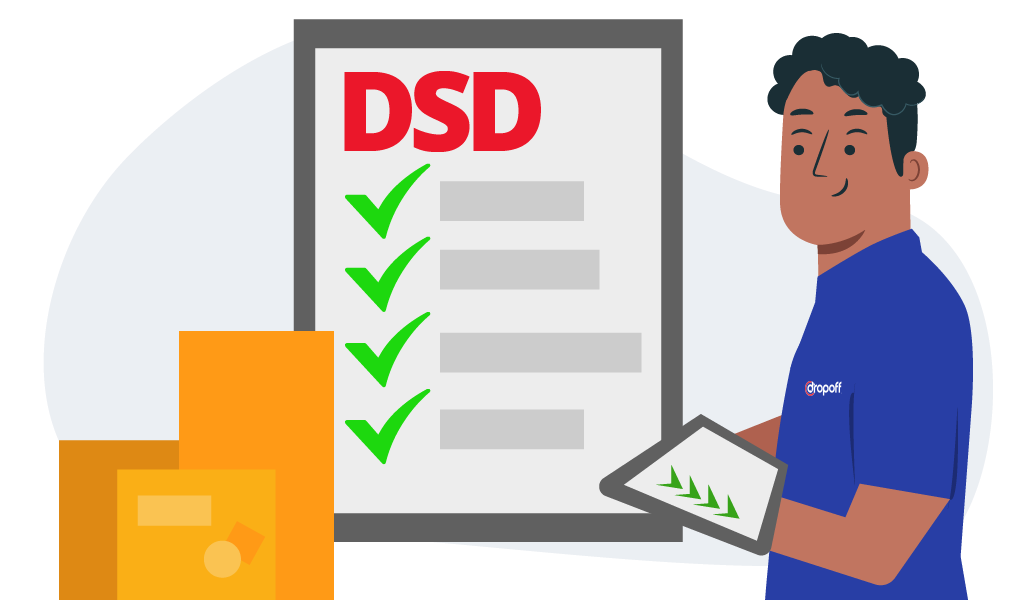
Benefits of Direct Store Delivery
Now that we’ve debunked myths about DSD, we can now explore the major advantages of implementing DSD.
1. Cost Efficiency
DSD can significantly reduce labor and storage costs. According to recent studies, DSD reduces warehouse handling costs by up to 75%. This cost reduction results from eliminating distribution centers, reducing the need for extensive storage and associated labor costs.
2. Enhanced Stocking
Frequent DSD deliveries lead to consistently well-stocked shelves, directly impacting customer satisfaction. Market experts suggest that retailers lose almost $1 trillion in sales as they don’t have on-hand products. DSD’s ability to maintain product availability helps retain customers and boost revenues.
3. Perishable Goods
DSD is essential for the swift delivery of perishable goods. This is especially important for industries like healthcare, where most products have limited shelf life. DSD enables timely distribution of these products, ensuring their efficacy and safety.
4. Agility
DSD offers a competitive edge in a fast-changing market. The rise of big eCommerce platforms such as Amazon has completely changed how consumers shop. 72% of Amazon deliveries are fulfilled within 24 hours, and consumers expect the same speed from other businesses. This agility is invaluable for adapting to emerging market trends.
5. Customer Satisfaction
DSD’s ability to achieve seamless door-to-door delivery directly enhances the shopping experience. A survey by PwC revealed that 73% of consumers believe a good shopping experience is essential for brand loyalty. Satisfying the demand for quick, hassle-free shopping positively influences brand perception and customer satisfaction.
Disadvantages of Direct Store Delivery
While highly beneficial for some businesses, it’s also worth noting that DSD also has some downsides. Knowing these limitations can help you make informed and strategic decisions.
1. Limited Scale
DSD may not be suitable for businesses with vast distribution networks. Some C-level professionals claim that businesses with an extensive distribution network may find DSD less efficient as it can lead to higher transportation costs and complexities in coordination.
2. Complex Logistics
Coordinating multiple direct deliveries can indeed be more complicated than centralized distribution. DSD’s complex logistics often involve managing various delivery routes, handling diverse product types, and ensuring timely deliveries to multiple locations.
3. Higher Initial Costs
Implementing DSD systems may indeed involve significant upfront investments. The initial costs can significantly vary depending on the size and needs of the business. Nevertheless, the potential long-term cost savings can offset these initial expenses.
Current Trends in Direct Store Delivery
These trends in Direct Store Delivery reflect the ever-evolving landscape of commerce, driven by technological advancements, sustainability priorities, and the need for more adaptable and responsive supply chain strategies.
Delivery as a Service (DaaS)
The first notable trend for DSD is the rise of “Delivery as a Service” (DaaS) models. DaaS providers offer businesses the flexibility to scale their DSD operations according to demand. This allows companies to avoid overcommitting resources or under-serving customers, adapting to market fluctuations more effectively.
Last Mile Delivery Automation
Innovative technologies, such as route optimization algorithms and real-time tracking, are making last-mile delivery automation smarter and more efficient. According to McKinsey & Company, automation and data-driven insights can lead to a 20-40% reduction in last-mile delivery costs.
Sustainability Initiatives
Sustainability is a growing concern in supply chain operations, and DSD is no exception. More businesses are exploring eco-friendly DSD options, using electric vehicles or even bicycles for deliveries, and implementing strategies to reduce the carbon footprint of their supply chain. Consumers are increasingly favoring environmentally responsible businesses, making sustainability a strategic trend.
Data-Driven Insights
Data analytics has now become a cornerstone of DSD operations. 81% of business owners say data is crucial in supply chain operations, especially in cost optimization. By harnessing data-driven insights, companies can optimize their routes, predict demand more accurately, and enhance overall operational efficiency.
Collaborative Platforms
Collaborative platforms connect suppliers, retailers, and DSD providers more effectively. These platforms enable real-time communication and data sharing, improving coordination and efficiency. This trend helps streamline the exchange of critical information and fosters stronger partnerships.
Contactless Delivery
The COVID-19 pandemic accelerated the adoption of contactless delivery in DSD. It’s a trend that will likely stay as consumers continue valuing touchless transactions for safety. Many DSD providers are investing in technologies that support minimal-contact delivery, such as digital signatures and contactless payment options.
Customization and Personalization
DSD providers increasingly offer customized and personalized services to meet the diverse needs of customers. This trend caters to different industries and consumer preferences, ensuring that DSD operations align with specific requirements, whether it’s in the food industry, healthcare, or fashion retail.
First Steps to Start Working with Direct Store Delivery
By carefully planning, selecting the right suppliers, implementing technology solutions, and ensuring compliance, businesses can effectively embrace the evolving landscape of DSD and reap its numerous benefits.
1. Assess Your Business Needs
Before transitioning to DSD delivery, assessing your business’s unique requirements is crucial. Consider product type, volume, demand variability, and geographic reach. DSD is not a one-size-fits-all solution, so it’s imperative to tailor your approach to fit your business goals.
2. Supplier Selection
Choose reliable suppliers who are capable of adapting to the DSD distribution model. Effective communication and collaboration with suppliers are paramount. A Global Supply Chain Institute study found that 72% of organizations consider supplier collaboration essential for supply chain success.
3. Logistics Planning
Develop a comprehensive logistics plan that outlines how DSD will be integrated into your supply chain. This plan should encompass route optimization, delivery schedules, and transportation methods. Efficient logistics are critical for DSD success.
4. Technology Integration
Leverage technology to streamline DSD operations. Invest in direct store delivery software, route optimization tools, and real-time tracking systems. Data-driven insights enable better decision-making, enhance efficiency, and support Last Mile Delivery Automation.
5. Staff Training and Communication
Properly train your staff, including drivers, on the nuances of DSD. Effective communication between various teams is key to ensuring a seamless transition and ongoing operations.
6. Supplier Contracts and Agreements
Clearly define the terms and conditions of your DSD agreements with suppliers. These contracts should specify delivery schedules, quality standards, and payment terms. Establishing a strong foundation in your agreements is vital for smooth DSD relationships.
7. Compliance and Regulations
Ensure your DSD operations comply with local, regional, and national regulations. This includes adherence to safety standards, labor laws, and industry-specific requirements. Non-compliance can lead to costly setbacks and legal issues.
8. Pilot Programs
Consider running pilot DSD programs to test the feasibility and effectiveness of the new supply chain model. Pilots can help identify potential challenges and areas for improvement before fully implementing DSD.
9. Performance Metrics
Establish key performance indicators (KPIs) to evaluate the success of your DSD operations. Common metrics include on-time deliveries, order accuracy, cost savings, and customer satisfaction. Regularly track and analyze these metrics to make informed adjustments.
10. Continuous Improvement
Embrace a culture of continuous improvement. Regularly assess and fine-tune your DSD operations based on performance data and customer feedback. Adaptability and ongoing optimization are essential for staying competitive and addressing changing market demands.

How Dropoff Can Help with Direct Store Delivery
Navigating the intricate landscape of Direct Store Delivery (DSD) can be made significantly more efficient and streamlined with the support of specialized service providers such as Dropoff.
Our expertise lies in orchestrating seamless, cost-effective, and efficient DSD solutions, from enhancing supplier relationships to optimizing last-mile delivery automation. As businesses increasingly rely on direct deliveries, partnering with a reliable provider like Dropoff becomes essential to staying competitive in the evolving marketplace.
Dropoff brings advanced technology, empowering businesses to place orders electronically, monitor deliveries in real time, and access valuable performance data. This technological advantage ensures transparency and control throughout the DSD process. Our mission revolves around enabling businesses to respond rapidly to customer needs, underpinned by their intelligent logistics platform, professional drivers, and proactive customer service, ensuring that DSD is efficient and customer-centric.
With a national footprint in the healthcare industry and a proven track record as one of the fastest-growing direct store delivery companies in the United States, Dropoff’s reliability and adaptability are clear.
Final Thought
Direct Store Delivery is a game-changer in logistics, offering unparalleled speed, efficiency, and adaptability. By dispelling the myths, understanding the advantages, and harnessing current trends, businesses can leverage DSD to enhance customer satisfaction and stay ahead in the ever-evolving marketplace.
FAQs
Direct store delivery model involves manufacturers or suppliers delivering their products directly to retail stores, bypassing distribution centers or warehouses, ensuring a quicker and more efficient supply chain.
Direct store delivery in retail is a supply chain method where manufacturers or suppliers transport goods directly to retail outlets, helping retailers maintain well-stocked shelves and respond rapidly to changing consumer demands.
The features of direct store delivery include the elimination of intermediaries, frequent and flexible deliveries, suitability for perishable goods, adaptability to changing market demands, and a direct supplier-to-retailer connection for efficient delivery.
Direct store delivery offers benefits such as cost efficiency, enhanced stocking, swift delivery of perishable goods, adaptability to changing market trends, and improved customer satisfaction by providing a seamless door-to-door delivery experience.
Direct store delivery is more appropriate when a business requires rapid response to changing consumer demands, relies on the timely delivery of perishable goods, and seeks to maintain well-stocked shelves. It is particularly suitable for industries such as groceries, fast food, medical labs, retail clothing, and pharmaceuticals, where swift, direct delivery is essential.

